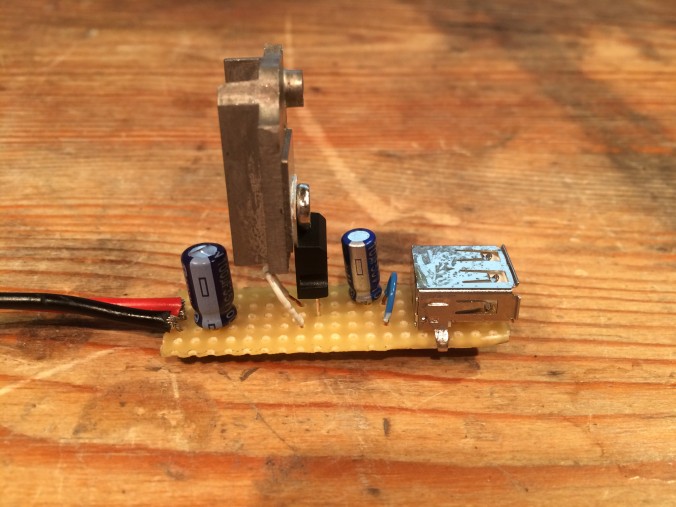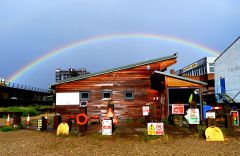Off The Shelf PoE Adaptor Brings Success to our Power Problems
Some times it’s best to let someone else work things out! Making our own PoE and voltage regulator was perhaps a step too far when this off the shelf PoE adaptor is so inexpensive and easy to use. It was fun to try and make our own. Except for the time I clamped the device in my crocodile clips to test the voltage which of course resulted in a puff of smoke because I shorted the whole thing! I learnt a little more about the importance of heat sinks and neat soldering. But perhaps our time would have been better spent on more important elements of the project.
These TP-Link devices come with a 48v supply and converts down to 12V, 9V, or 5V DC over a 100 meters of Ethernet. I had to make my own Micro USB to 5V adaptor to power the Pi – only because that’s it’s a simple bit of bodging and I have loads of USB cables I could hack into.
The unit we’re using in the CDC Weather Station, the TP-Link POE150S, isn’t available any more. The replacement is the TP-POE10R – which costs around £10.00 – worth every penny!








Recent Comments